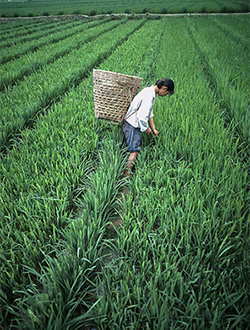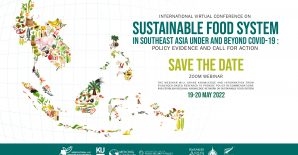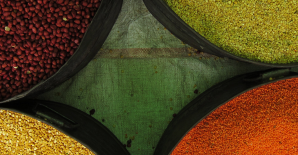As world’s high-growth region, East and Southeast Asia still faces food security challenges
China became a major importer of wheat, rice and maize in 2012 after years of near self-sufficient grain production. In the recent IFPRI’s 2012 Global Food Policy Report [link], it is referred as a “turning point” of China’s grain security.
China is not alone, and other countries in East and Southeast Asia are also exposed to potential grain insecurity as global food price spikes due to the continued drought weather in the United States. Even as the fastest-growing region of the world, it is still important for the region to answer the question of how to ensure regional food security and achieve sustainable growth.
To address the food security challenge, a number of policy initiatives took place in 2012. China’s 2012 No. 1 Document, Chinese government’s annual policy guideline, once again put agriculture at top of its agenda with a focus on agricultural technology and innovation. Myanmar is in the process of establishing a new agricultural bank which provides financial support to its farmers and agriculture-related companies. Similar efforts were also made at the regional level. The Association of Southeast Asian Nations (ASEAN) + 3 (China, Japan, and the Republic of Korea) reinforced their commitments to agricultural development in the region with the implementation of ASEAN+3 Emergency Rice Reserve. On the other hand, the implementation of Thailand’s Paddy Pledging Scheme, which pushes up the rice price well above the market rate, has badly hurt the country’s rice export. In 2012, for the first time in decades, the world’s largest rice exporter is no longer Thailand but Vietnam and India.
Read the full report




Leave a Reply